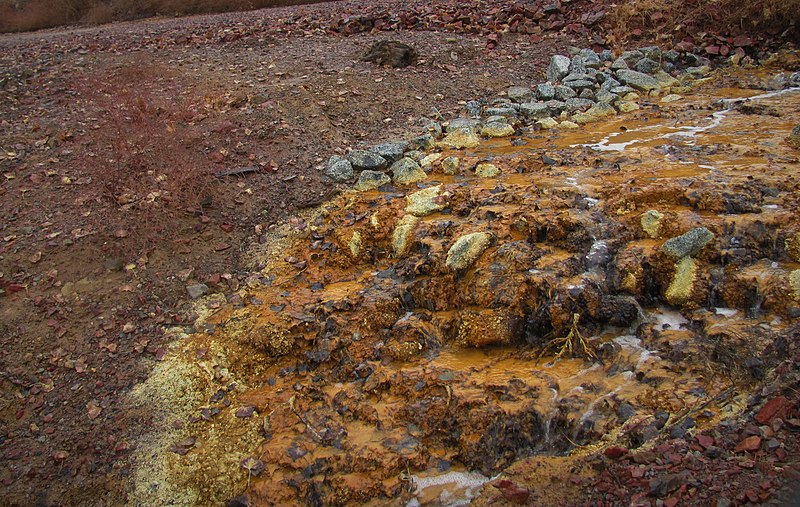Dirty disposable diapers pose a significant environmental concern when improperly disposed of in landfills or through incineration.
A team of engineers from Japan’s University of Kitakyushu employed creativity to address this environmental challenge.
Researchers say that used diapers could be used in housebuilding to save sand.
A study by researchers discovered that old diapers could replace sand in concrete and mortar, potentially allowing up to 8% of sand used in constructing a small single-story house. Moreover, the researchers have developed a process that maintains the structural integrity of the building.
Using old diapers in construction has the potential to help build affordable housing globally and reduce the number of diapers sent to landfills or incinerated. With millions of tons of diapers discarded each year, this innovation offers a valuable solution.
How does the process work?
Disposable nappies are usually made of wood pulp, cotton, viscose rayon, and plastics. With proper processing, such as removing waste, used diapers can easily replace sand in construction without much difficulty.
The researchers mixed washed, dried, and shredded diapers with cement, sand, gravel, and water to create concrete and mortar samples. After curing them for 28 days, they conducted pressure tests on six samples with different proportions of diaper waste.
The concrete made using diapers was comparable in quality to conventional materials.
The study found that up to 40% of sand in concrete for non-load-bearing walls, up to 10% for columns and beams in a three-story house, up to 27% for support structures in a single-story house, and up to 8% of the total concrete and mortar in a 380+ square foot house can be replaced with shredded diapers.
To confirm their findings, the engineers built a house that demonstrated satisfactory structural integrity.







